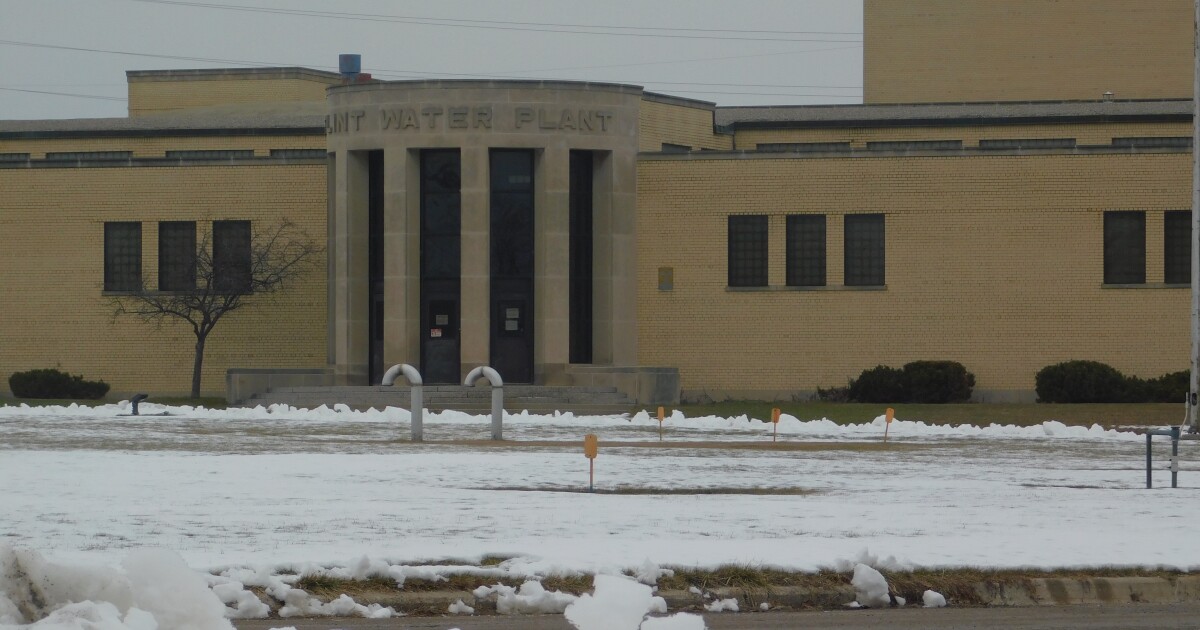An Old Contaminant with New Challenges: The Gelman Plume
For over four decades, the Gelman plume in Ann Arbor has been a persistent environmental issue, leaving residents and experts questioning its long-term impact. Despite assurances from state and county officials that current exposure levels are safe, many believe more proactive measures should be taken.
The contamination dates back to when Gelman Sciences, LLC, used approximately 850,000 pounds of 1,4-dioxane between 1966 and 1986, disposing of wastewater in Scio Township. This led to the infiltration of dioxane into local groundwater, affecting drinking water wells.
Yet, the full impact on human health remains unclear due to a lack of long-term monitoring, according to Rita Loch-Caruso, a professor emeritus of toxicology at the University of Michigan. “One of the biggest challenges is that we don’t know enough about it [dioxane] and about its toxicity,” she said.
A potential study could help address these gaps, offering insights into the health threats posed by dioxane. Loch-Caruso emphasizes the need for “a bit of justice for those who were drinking contaminated water for years,” as there is no registry of exposed individuals to track health outcomes.
Advocacy and Monitoring
Loch-Caruso, who serves on the board of the Coalition for Action on Remediation of Dioxane, uses her expertise to advocate for a more aggressive response to this issue. The Michigan Department of Environment, Great Lakes, and Energy (EGLE) reassures that active monitoring and groundwater use bans are in place to protect residents. “We are monitoring what we need to monitor. We’re making sure that nobody’s being exposed,” said Chris Svoboda, the site’s project manager at EGLE.
However, coalition members remain concerned about future exposure risks. The plume’s history and current state have been documented in a peer-reviewed paper to make the information accessible to the public.
Scientific Uncertainties
Dioxane, a chemical used in manufacturing, is considered a “forever chemical” due to its persistence in water. The Environmental Protection Agency (EPA) classifies it as a “probable carcinogen,” but human exposure studies remain limited.
“Although there is substantial evidence that this is a carcinogen in animal models in rats and mice, that is not a logical study,” said Vasilis Vasiliou, director of the Yale Superfund Research Center. The center aims to explore the impacts of emerging contaminants like dioxane and collaborate on research efforts, including potential studies on the Gelman plume.
Addressing Contamination
The stability of dioxane in water makes it challenging to remove. Current treatment methods involve ozone or ultraviolet light, while experimental bioremediation requires further testing. Despite these hurdles, dioxane continues to be used in consumer products, potentially increasing environmental releases.
Loch-Caruso sees the Gelman plume as an opportunity to enhance understanding of dioxane’s effects on human health, advocating for comprehensive studies to provide more precise risk assessments.
Calculating Risks and Future Steps
Current regulatory measures focus on managing cancer risks from dioxane exposure in drinking water. Michigan’s enforceable limit is 7.2 parts per billion (ppb), higher than the EPA’s advisory range. Loch-Caruso argues for stricter standards, favoring the EPA’s lower risk calculation.
Concerns also extend to potential exposure through basement intrusion. Groundwater levels in some areas of Ann Arbor could lead to dioxane evaporation into homes, prompting calls for lower action thresholds. Although past tests showed non-detectable levels in local homes, further testing and precautionary measures are encouraged.
While efforts to remediate the plume continue, Loch-Caruso and other advocates believe more can be done to prevent unnecessary exposure. “They should be working to prevent a situation where residents will be unnecessarily exposed to a health hazard,” she said.
—
Read More Michigan News










